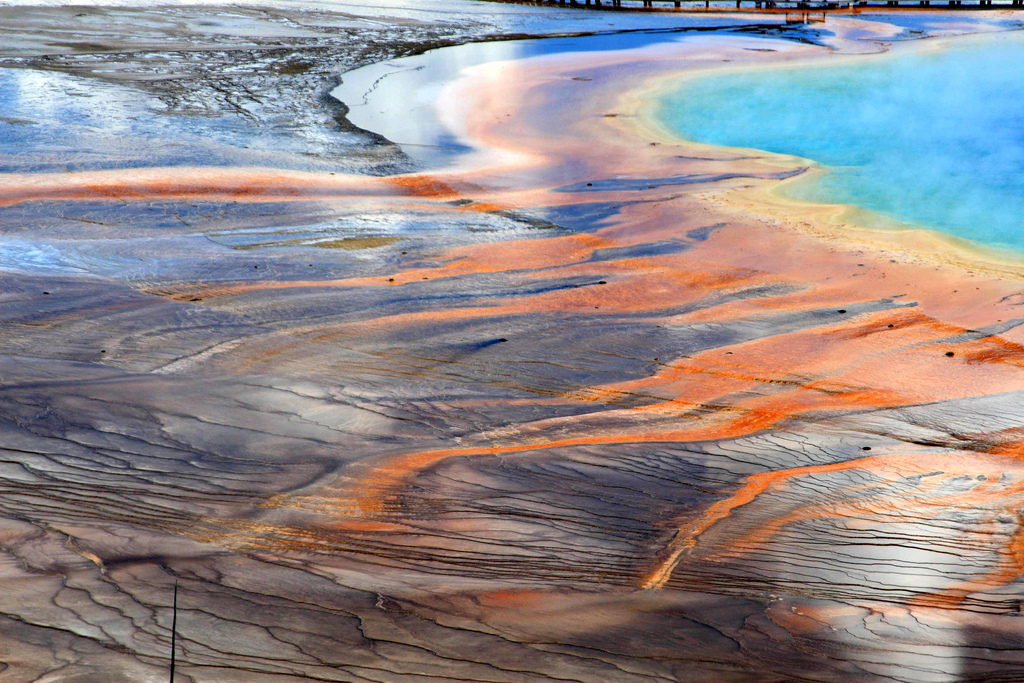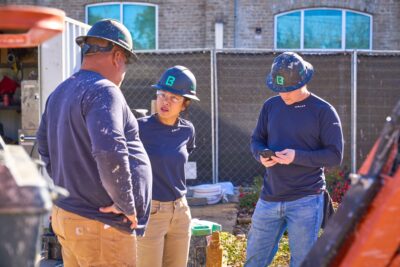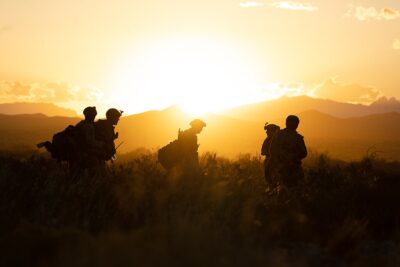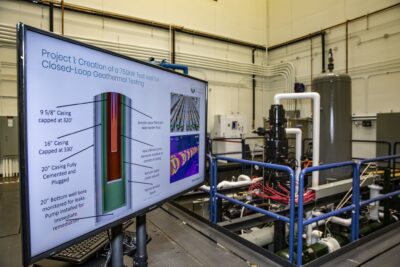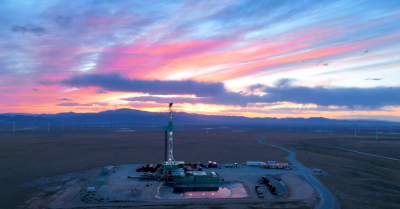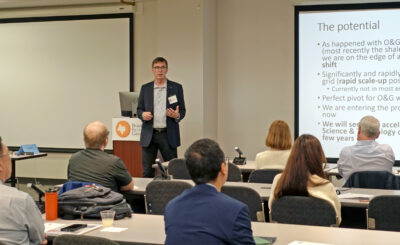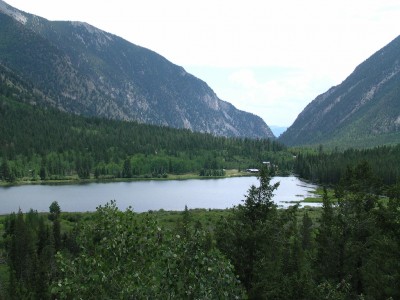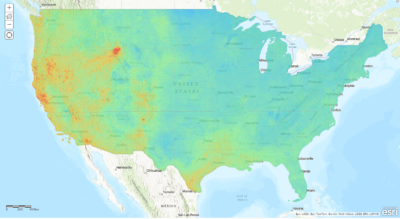Airborne survey reveals Yellowstone geothermal fluid pathways
An airborne geophysical survey done by USGS geophysicist Carol Finn Ph.D. has provided valuable insights on the fluid pathways controlling geothermal fluids in the Yellowstone National Park.
An article published by Seequent features the results of a geophysical study done by U.S Geological Survey (USGS) Research Geophysicist Carol Finn Ph.D. The data collected was from an airborne geophysical survey of the Yellowstone National Park. Processing of the data provided great insight subsurface geology and structures that controlled the park’s hydrothermal system and surface manifestations.
Data collection for the study was done in 2016. Electromagnetic and magnetic survey equipment were suspended from a helicopter that flew through a line-by-line survey of the park, covering a total of 4200 km. It was done during the off-season of the park so there were not many visitors.
“The electromagnetic instrument allows us to indirectly measure the electrical resistivity of the ground… The magnetometer measures the Earth’s magnetic field, and we can make corrections to obtain signals from the geology,” explained Carol.
The output of the processed data is a resistivity map of the Yellowstone’s subsurface features. This revealed the fluid pathways that controlled the thermal features of Yellowstone, including the famous Old Faithful geyser.
“One of the things that I learned was to identify the fingerprints for this big hydrothermal system,” said Carol. “There are kind of four ingredients for Yellowstone’s hot water or hydrothermal system: high precipitation, faults, magma and hot rock, and spaces between lava flows or sometimes within the lava flow itself.”
Carol’s data showed where and how water flowed from the surface to the depths and back up again. It verified previous models of thermal fluids being primarily channeled through faults. Low magnetic susceptibilities and resistivities also coincided with surface manifestation, indicative of the presence of thick clays that form over faults or fractures.
Carol’s team now seeks to use the data to understand the phenomena in some of the most dangerous features in the park, such as the Yellowstone Lake. This lake was home to the world’s largest hydrothermal explosion which happened around 13,800 years ago. Still, minor events as recent as 1989 have hurled boulders and rocks from the crater.
Carol will also soon be working with biologists to use the survey data in their research on the microbes that thrive in the thermal fluids. “A biologist told me that, ‘we knew about the geochemistry for a long time, but this is the first time I’ve been able to see the pathways of the fluids and gases and how they’re mixing and get to the surface,’” Carol says.
Source: Seequent
